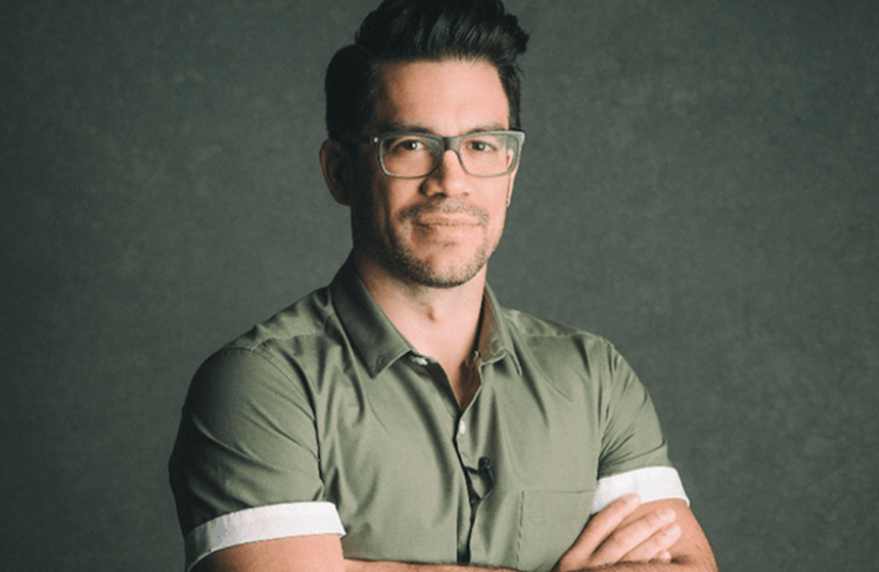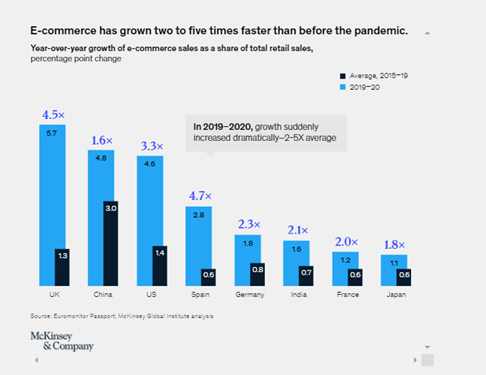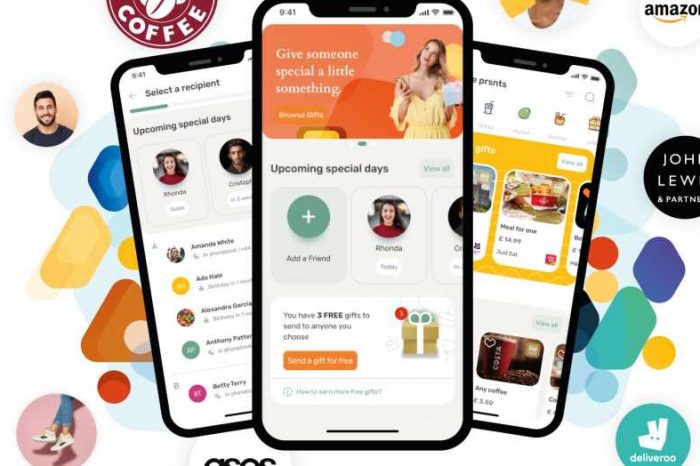Tai Lopez: His strategy for breathing new life into struggling businesses

Most people would avoid getting involved in struggling businesses, but not entrepreneur Tai Lopez. Together with his partner, Alex Mehr, Lopez’s holding company Retail Ecommerce Ventures (REV) seeks out struggling, yet well-known retailers, then buys them and then turns them into online shopping success stories.
In the past year or so, Lopez and Mehr’s REV have bought out at least three most beloved retailers, including Pier 1 Imports, Modell’s Sporting Goods, and Dressbarn. The operation began in 2019 when Lopez purchased Dressbarn; gained momentum with the addition of Pier 1 Imports in June 2020 for $31 million; and the most recent acquisition, Stein Mart, joined the portfolio in November 2020 for $6.02 million.
The plan might seem odd, but it’s working: Dressbarn saw a massive 165% increase in sales between Q1 and Q2 2020, with annual sales estimated to reach $65 million this year. But how does Lopez do it?
It’s all built upon the age-old adage that one man’s failure is another man’s opportunity. Lopez’ basic premise is that good brands never die, they just need to be pivoted to deliver eCommerce for the digital age.
Branding is forever
When Lopez buys a withering retailer, what he’s really got his eye on is the intellectual property (IP) connected with the business. The physical assets might be worthless, but the digital assets, including the branding, email list of engaged customers, loyalty program members, and straplines, are anything but.
Customers stay loyal to the brands they love but tend to be skeptical towards any new brands. The retailers Lopez buys already have a client base, and that’s where their value lies. “By buying Modell’s, the real value we’re paying for is that little bit of trust where people go ‘Yeah, I’ll put my credit card in on that website because I’ve heard of Modell’s, my Grandpa went there. I’ll put my credit card in to buy this soccer ball,’” he points out.
The brand reputation is intact, and the leadership simply blinked and missed the death of in-person retail and the rise of eCommerce. Lopez and Mehr, however, know all about eCommerce, and they step in to shift the company online.
Pivoting to eCommerce
Essentially, Lopez and Mehr transfer the brand to an eCommerce model. McKinsey estimated that across 8 countries, including the US, online sales increased as a share of total retail sales by between two and five times its pre-pandemic rate.

Lopez and Mehr revamp the brand’s web presence, typically moving it to an eCommerce platform like Shopify Plus that has built-in online sales facilities. They’ll also sell directly on marketplaces like Amazon, which many established brands look down on and avoid, and combine it all with ramped-up social media campaigns which capitalize on nostalgia and positive associations with the brand.
Reworking the business model
COVID-19 accelerated the digital transformation by around seven years. For brands that have been around for over a century, it’s still a new phase that’s happened far too fast for them to keep up.
Lopez usually moves his new acquisitions to a drop shipping sales model, which does away with the hassle and cost of managing physical inventories and enables him to keep on top of things as the stable expands to even more brands. Dropshipping also helps cut expenses, since the business now needs fewer employees, no warehouse, and no expensive physical premises. Many employees can even work from home.
Seizing the moment
Initially, Lopez and Mehr targeted big names like Barnes and Noble, but they quickly realized that it would cost less to buy struggling brands than current giants. They switched focus to retail companies that have excellent brand reputations, but declining finances.
Rescuing employee morale
Another piece in the puzzle is that Lopez buys companies where the management has lost its way, with a leadership that’s unsure of itself, failing to spot the opportunities that are blindingly obvious to the likes of Lopez.
At times like these, just restoring a sense of direction to the management can re-ignite employee morale. These beloved brands often feel like family to their loyal customers as well as to the workforce, so Lopez gains goodwill by rescuing the brand that employees and customers love and care about. It’s the icing on the cake of Lopez’ eCommerce strategy.
Beloved retailers can have a second chance
Once you see the business ecosystem through Lopez’ eyes, the decision to buy failing brands becomes obvious. By recognizing the value in a brand’s digital assets and spotting opportunities to quickly pivot the company to a new eCommerce model, cut expenses, and re-energize the leadership, Lopez is able to quickly transform floundering retail brands and save them for a new retail experience.




